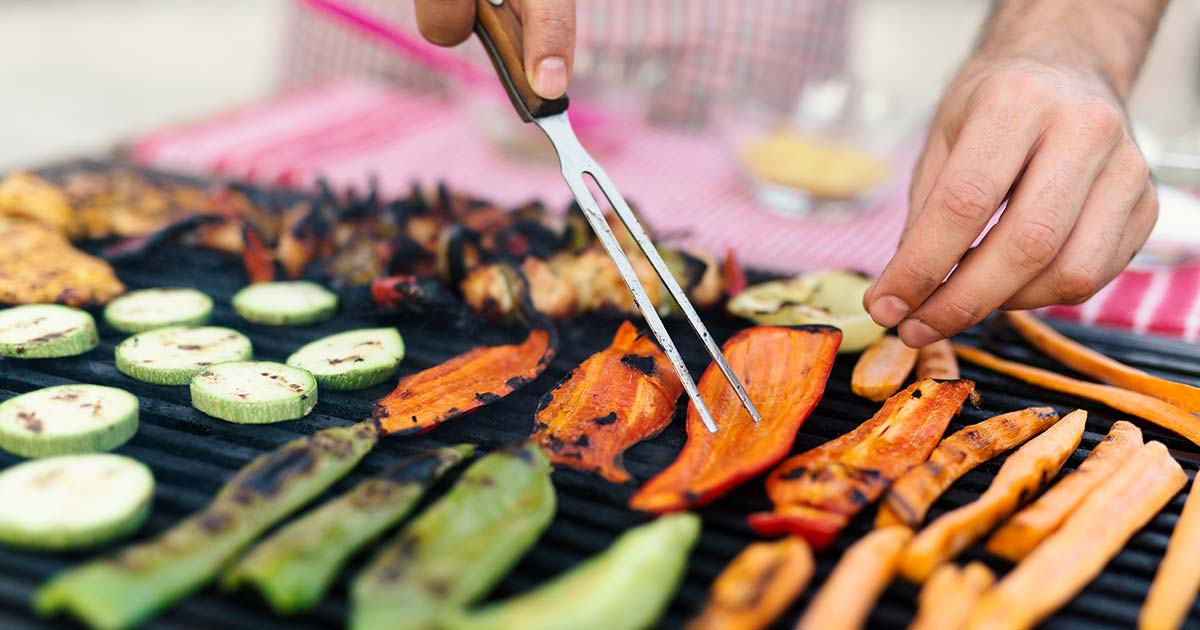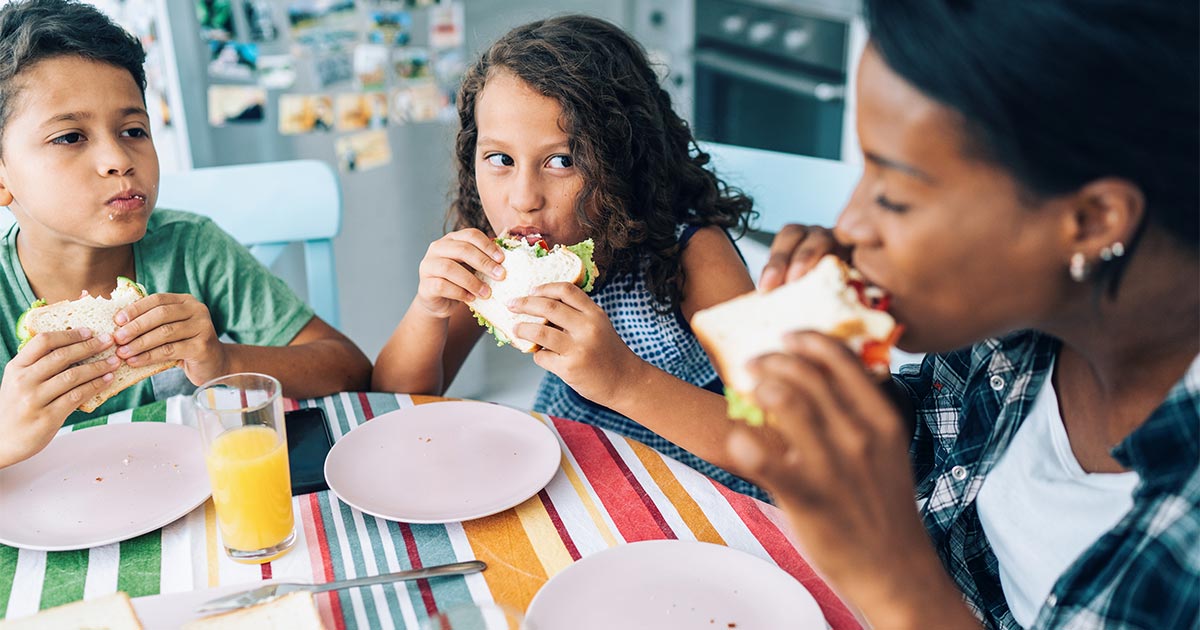
Advice to improve your movement, fitness, and overall health from the #1 in orthopedics in the U.S.
6 Tips for Healthy Summer Eating
Barbecues, vacations and cocktails don’t have to tank your diet. HSS registered dietitian Laura Gibofsky offers simple ideas to help you enjoy the season while keeping your nutritional needs on track.
Advice to improve your movement, fitness, and overall health from the #1 in orthopedics in the U.S.

1. Be mindful of your fruit intake.
Yes, fruit is good for you. It broadens the range of nutrients in your diet, and it’s much better than a sweet, processed snack.
But keep an eye on the size of that portion, says Gibofsky, who recommends one small or medium piece of whole fruit or ½ cup of fresh or frozen fruit with each meal. “The amount of sugar in a fruit like watermelon adds up fast, especially because it feels so light as you’re eating it,” she says. That doesn’t mean you can’t have any fruit at all, but just be aware of how much you’re consuming.
2. Eat locally.
With the abundance of fresh summer produce comes the opportunity to purchase more of it at the source. “In the summertime, we have the ability to get to know local farmers, to seek out farmstands and learn what produce they have,” says Gibofsky.
Summer squashes and other vegetables are great to get nearby, if you can. “Many grocery stores now have local produce sections, and you can always ask the store manager what produce they get locally,” she says.
Keep in mind that what’s available at the farm down the road may look different than what you’ll find in the store, smaller or slightly different in color, but that’s not a bad thing. “Small mom-and-pop farms may not have the same capabilities as large farmers, so their produce might look a little different, but it doesn’t have the additives that produce from large-scale farms can have,” says Gibofsky. It’s also a greener option, since it doesn’t need to be brought in from far away.
“Fruit-picking is also a great way to get your kids involved and help them to feel proud of what they’re eating,” she adds.
3. Hydrate, hydrate, hydrate.
There are some simple rules to follow when it comes to summer hydration. “If you’re outside for longer than 30 minutes, have a big glass of water as soon as you come back inside,” says Gibofsky, even if you aren’t thirsty. If you’re starting to feel thirsty, you’re probably already dehydrated, she adds.
Water, sparkling water or club soda are the best options. “A general guide is to have eight 8-ounce glasses of water per day,” says Gibofsky. Try squeezing in some lemon or lime to add a little zing without additional calories or sugar. And limit fruit juice, which might taste refreshing but is often loaded with sugar.
If beach days and pool time have also found you increasing your alcohol intake, try to keep the add-ins to a minimum. “Ask for club soda in cocktails instead of juice, and fresh fruit instead of simple syrup or sugar,” Gibofsky advises. Also be sure to alternate an alcoholic drink with a glass of water.
4. Set some general cookout rules.
Barbecues don’t have to be diet bombs. “It’s all about living a healthy lifestyle, rather than sticking to a set diet,” says Gibofsky. “You don’t have to feel guilty if you keep everything in balance.” That means having some grilled or raw veggies alongside your burger instead of potato salad or making your coleslaw with Greek yogurt or using a vinegar-based sauce instead of mayo. Provide or bring your own healthier options, like turkey burgers or plant-based meats, or grill some mushrooms for a meaty, earthy meal, she suggests. Fruit kabobs are great for adults and kids alike because of the built-in portion control; plus, they’re fun to eat.
One important note from Gibofsky that’s often overlooked is to be sure to keep foods at appropriate temperatures when you’re outdoors: Don’t leave meats out too long before cooking them and put leftovers in the fridge quickly. Potato salad, coleslaw and other dairy-based foods should also be kept cold and not left in the hot sun.
5. Try not to make food the focus.
Everyone loves a good backyard barbecue. But the actual meal itself doesn’t need to be the star of the show. “Oftentimes what we come together for is the eating,” says Gibofsky. “But the food doesn’t have to be the focus. Play outdoor games or do outdoor activities instead, or try to make the day about the walk you’ll take after the meal.” If the food is not the focal point, you’ll be less inclined to sit around eating a lot of it.
6. Before you travel, check out the local scene.
Having special meals or treats, especially at restaurants, is one of the reasons we look forward to vacations. But a little bit of research beforehand can go a long way in helping you avoid the diet pitfalls that so often crop up when traveling—as well as the guilt that hits when you return home. “Most people are able to make a healthy choice if they look at a menu beforehand,” says Gibofsky. “Ask to share a main dish, or order a healthier appetizer, a side salad or a cold soup to start. Try having a healthy snack like a handful of baby carrots or cherry tomatoes before you go out so you don’t overeat.”
Published 6/13/2021


